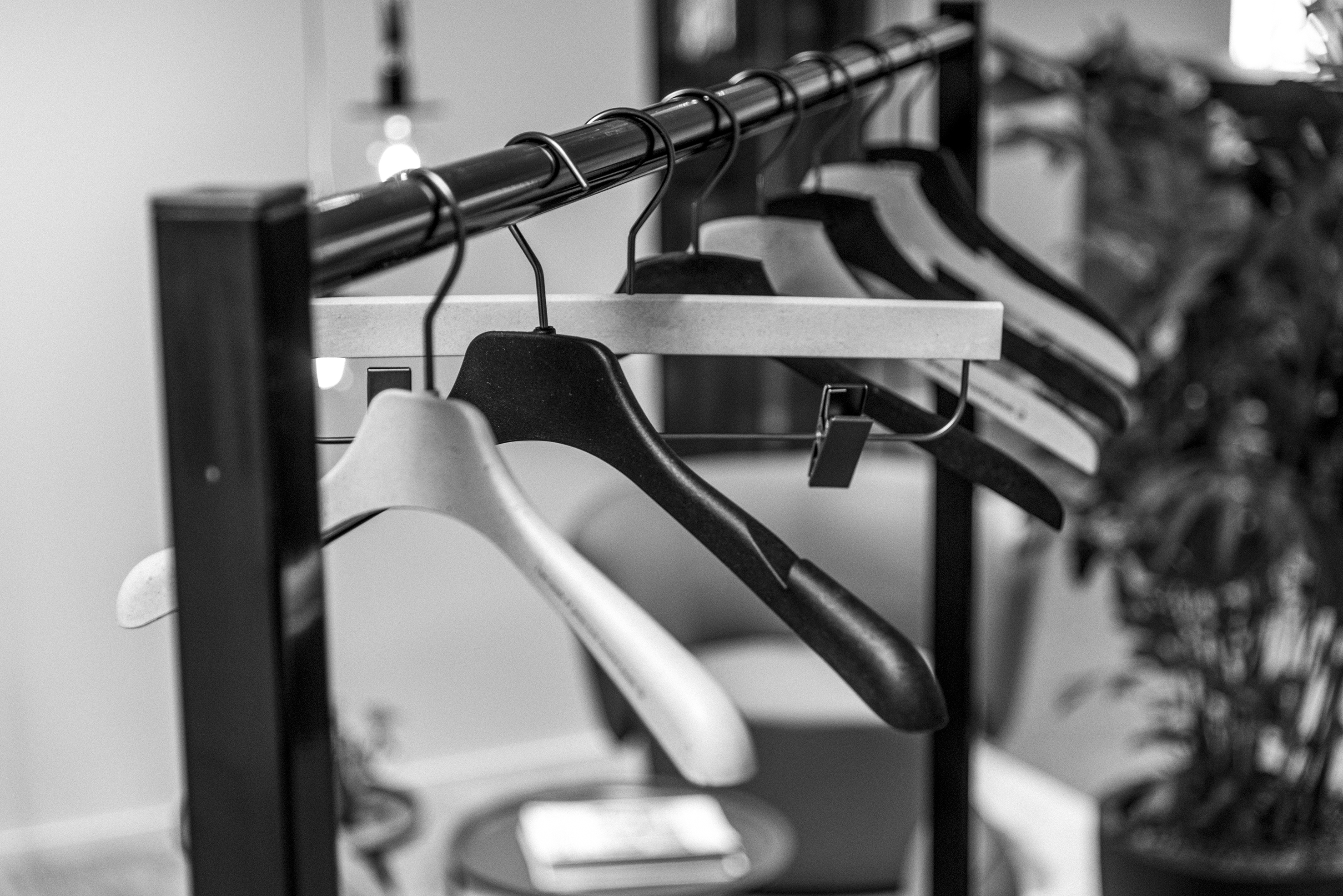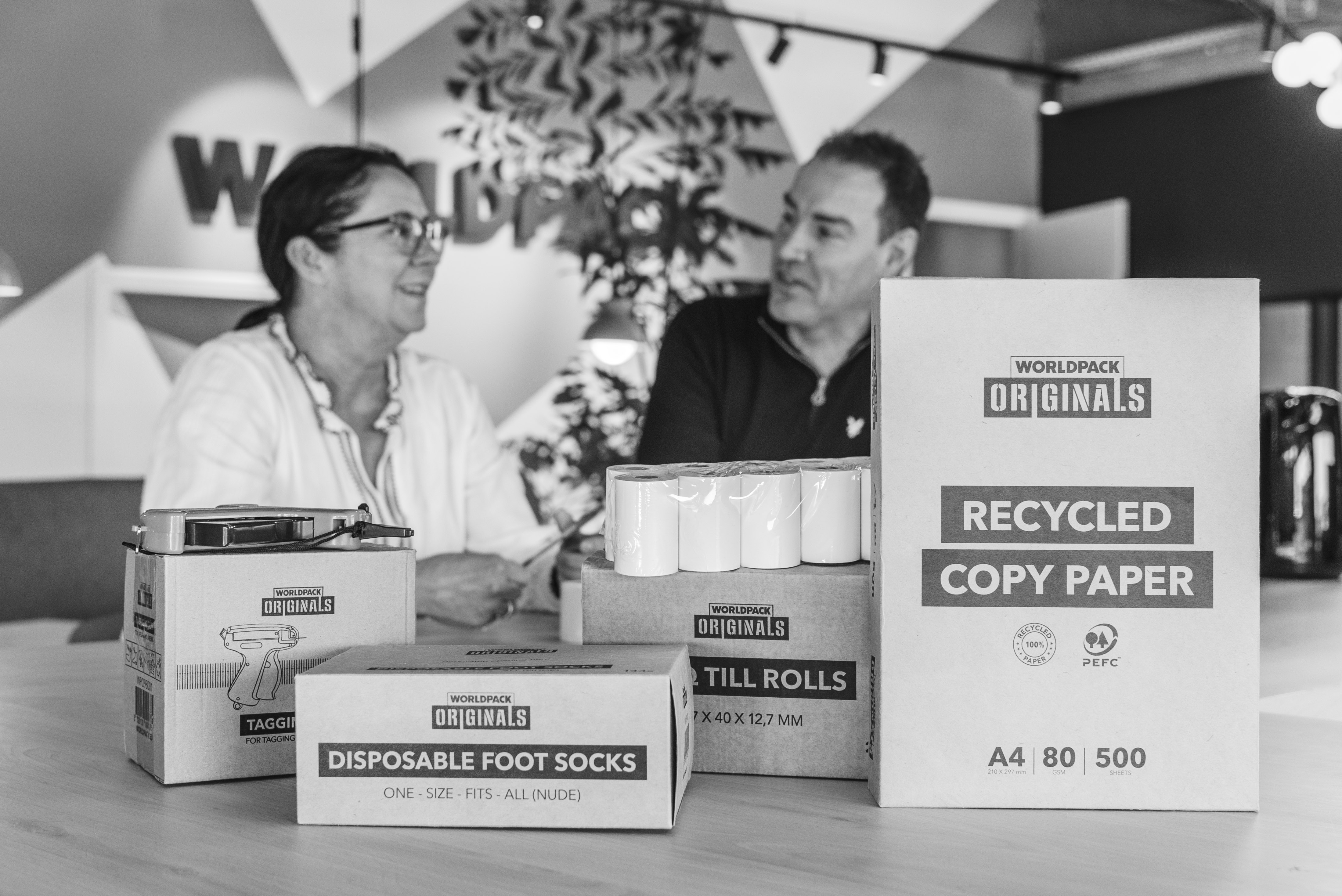In 2019, Europe’s silver shoppers – aged 60 and over – had a cumulative spending power of $3.7tn which, by 2030, is expected to rise to $5.2tn. As life expectancy increases, that number will likely keep climbing. But, unless retailers accommodate these shoppers’ changing needs, most of it will end up being spent online.
We often become less mobile as we age, our eyesight softens, and hearing becomes an issue. This is easily accommodated at home but what about outside of it? National and international regulations, like the European Accessibility Act, which will come into force by 2025, specifically require providers to ensure their service users with a physical impairment aren’t placed at a disadvantage compared to able-bodied customers.
The European Accessibility Act concerns itself with websites, apps, ticket machines, ATMs and so on, and although it doesn’t specifically address the built environment, it should be a wake-up call for retailers who have yet to apply its principles to their stores.
A better, safer environment for all
Adapting the retail environment with accessibility in mind pays dividends as, says lift supplier Gartec, “an inaccessible store automatically creates problems, and not just for disabled or elderly customers. Accidents are more likely to happen if a store is relying on steps or stairs up to the entrance, as well as internally. In fact, internal stairs are an accident hotspot”.
Eliminating obstacles, like stairs, makes a store more accessible to shoppers with mobility issues – and not just those reliant on wheelchairs or walking aids. Parents with prams and elderly customers may be reluctant to shop where they know they will encounter stairs and uneven surfaces, while expecting the visually impaired to use steps – particularly with bends – may require unsightly visual aids to identify edges and danger points.
Rethinking store layouts to improve accessibility could require widening aisles and, while this impacts retail space, it gives store managers the opportunity to rethink POS and creative material, giving products room to breathe and, simultaneously, devise layouts that put the most frequently purchased, rather than the most profitable, products front of house.
We have all got used to shopping being a passive, easy process over the last 18 months, when most of it has been done from home. Stores that prioritise their most popular products will bring some of that convenience into the real world.
There is no one-size-fits-all solution to accessible retail – particularly for stores in older or protected buildings. However, in most instances, it is simply a case of looking beyond the obvious.
Myd’l, which has been developing accessibility solutions in France for more than 20 years, is now selling into the German market. Its focus is ramps in awkward or tight locations, or where a particular aesthetic must be considered, and it produces recessed or portable solutions that help develop a hybrid shopping environment.
Accessibility for the visually impaired
Physical accessibility is just one consideration, though. Shopping can be a confusing and time-consuming process for those with visual impairments, not only due to the potential challenge of navigating unfamiliar layouts, but in judging the value and quality of products on sale. Retail stores can – and should – be able to mitigate such issues with better design.
Research conducted at Ryerson University, Canada, revealed that, “regarding colour, most informants described an inability to distinguish like shades of colour. They often felt embarrassed for wearing clothes, socks, and shoes that didn’t coordinate. They depended on other sighted shopping companions or store associates for assistance. Challenges with reading labels and tags are prevalent among the informants due to small fonts, limited colour contrast between the text and background and location of the label-tag information.”
Implementing changes along these lines can help not only the visually impaired, but rushed shoppers, who prefer not to spend time searching shelf tickets and item tags for the information they need to make an informed choice.
Accessibility may be – first and foremost – about making sure every environment is open to all, regardless of ability or impairment. But it’s also about improving the shopping experience in general. The dividends can be far-reaching and long-lasting, and repay the effort put in many times over.
For advice on products that can help your retail outfit be more accessible, speak to our team on +31 (0) 88 494 20 80 or email us at online@worldpack.eu


